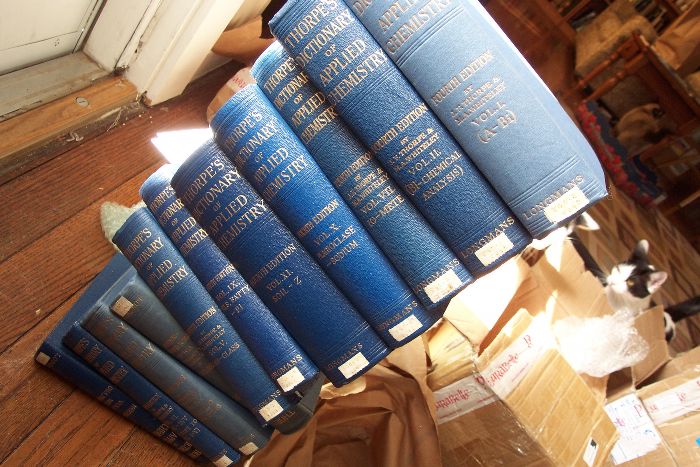Originally posted by JohnWW
Polverone: If you are worried about stiff bindings, in scanning such old books, get Snapter Ice, as described just today on http://www.roguesci.org/theforum/showthread.php?t=6993
It enables an 8+ MP digital camera to be used to scan books, more quickly than with a scanner and with the same quality, with conversion to PDF. It
somehow straightens out the photographed images, which from books can be quite distorted, and it can also compensate for dark backgrounds and stained
pages. It processes images in a way that makes them appear as if they came from a flatbed scanner. The resulting images are suitable for OCR.
|





